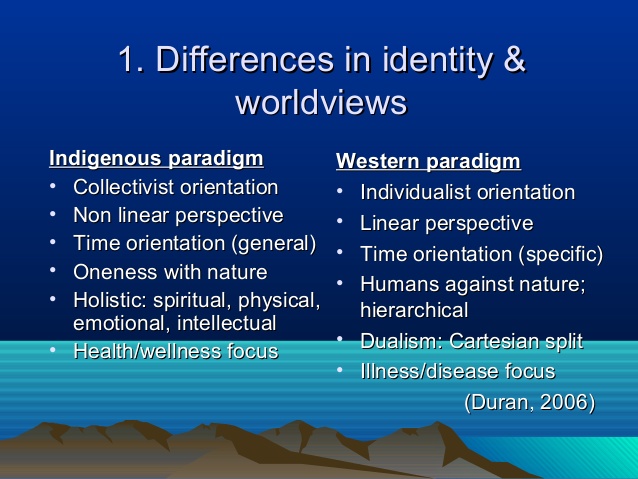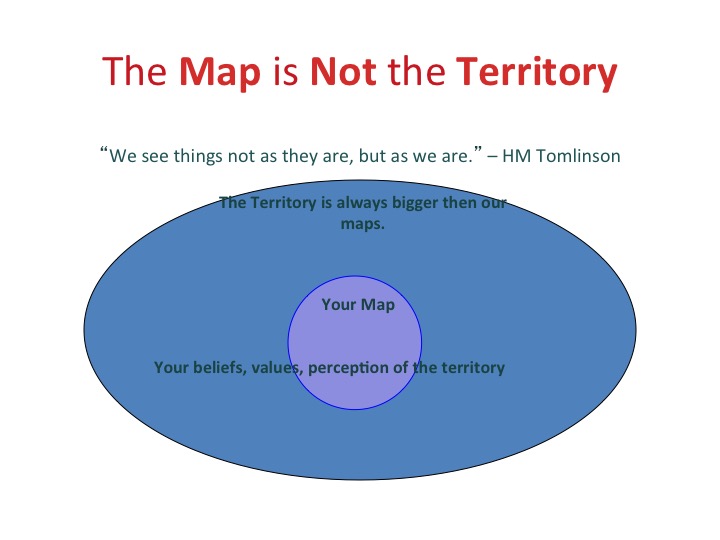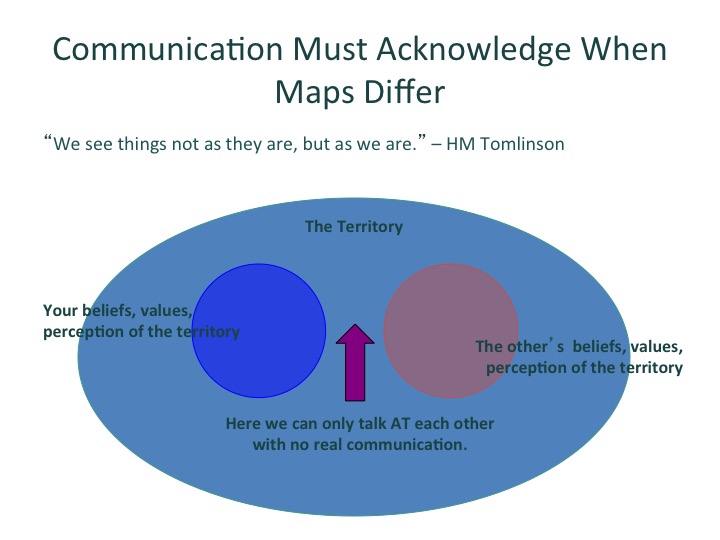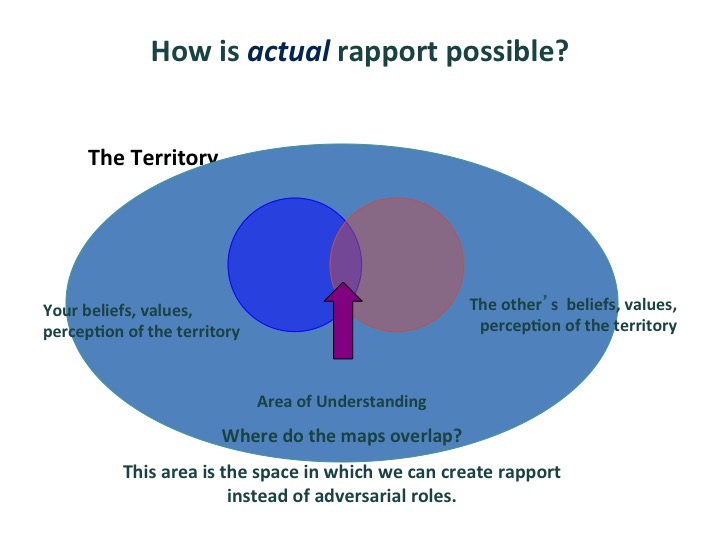
The Problem
An Inupiak elder from Alaska shared with me about a communication problem he was having. He had been selected to go to a series of interviews conducted by the federal government regarding traditional indigenous healing practices. He was about to fly out to Seattle for another meeting and was not looking forward to it. In previous meetings when he shared it was obvious by their questions that the people doing the interviews did not comprehend what he was saying, although they could repeat the words back to him. This elder was fluent in English and tried his best by giving several examples to communicate with the interviewers in a manner they could understand. He concluded that the English language did not have words to adequately name and express experiences and observations that an indigenous person would take as obvious. “How can I express these things so they can understand? What do I need to do? What happened to white people that they don’t see these things?” He was frustrated.
The worldviews of the people in this situation were so distinct that they were making communication very difficult. Interviewers with a mix of late 20th century western post-modern and modern worldviews were asking questions of a man whose worldview was a mix of primarily pre-modern indigenous and a lessor influencing western modern worldview. Their lenses of perception were uniquely different.
Towards a Solution
In communications theory there is a saying, “The map is not the territory.” The Map is our internal mental world – our worldview. The Territory is the greater world. Each of us, (as well as different cultural groups) have our own perception of reality – our own mental map.
 Our map is our perception from our internal system – our worldview. given to us by our culture, religion, family and personal experiences. It helps us to see and understand, but it may also blind us to other ways of seeing. We interpret according to our perceptions, and we respond according to our perception of our world. That perception is NOT the world.
Our map is our perception from our internal system – our worldview. given to us by our culture, religion, family and personal experiences. It helps us to see and understand, but it may also blind us to other ways of seeing. We interpret according to our perceptions, and we respond according to our perception of our world. That perception is NOT the world.
My friend and his colleagues were left in the untenable situation a the image below shows.

There had to be a way to break through to some kind of a solution. Communications Theory offers this map below of actual communication. The overlapping section where the two maps meet must be found, and then expanded upon.

My elder friend came to a useful resolution of his dilemma. He went to his meeting. He shared his stories of indigenous healing, but he added at the end, this caveat. You understand the words I am saying, but I do not feel you understand the meaning because of the questions you ask and the way you see things. I am uncomfortable with this. To his surprise they indicated that he was right and they too were uncomfortable with the situation because they felt they were missing what he was saying. Something shifted. The problem was named, and the overlapping area of understanding was found. They were all uncomfortable with this situation and did not know what to do about it.
They began to brainstorm a plan. Whenever any of them felt he was in uncomfortable territory he was to immediately say it. They would then go over that area again. They began to develop the felt sense of miscommunication as well as the felt sense of communication. The problem itself remained and had to be worked through over and over. However the communication regarding everyone’s discomfort, and the effort to communicate in new ways established an enlarging area of map overlap. They found a third space. My friend felt more satisfied with this situation. He was a realist. The worldviews were very different. They would not suddenly change – not his nor theirs. However, there was now a possibility that they would be able to more successfully, acknowledging blind spots, to work together in a manner that was more satisfying to each of them.
Cultural and faith systems promote specific worldviews that are inculcated within us from early childhood. Becoming aware of our own worldview is helpful. It will not prevent certain levels of misunderstanding, but it may decrease the feelings of anger, anxiety or frustration as we encounter a clash of perceptions, and promote levels of cooperation. Our map of the territory will now include and understanding of the function of worldviews, the functional container they provide, and the bias they create,
Religiological reflection assists us in understanding the depth and breadth of our worldview. It lessens reactive feelings, and provides a doorway to that third space where actual communication may happen.
I like this! I’ve also found in teaching kung fu that the idea of ‘ch’i’ is difficult for Westerners. When i studied up on it, I found that most languages have a word for ch’i (ki, prana, ruach, etc.), and they also have an understanding of the underlying ch’i field and its many attributes. English does not have a word for ch’i, nor an understanding of ‘grandmother spider’s web upon which all creation lies.’
Bruce Bibee
LikeLiked by 1 person
That is a really interesting observation about the English language. One wonders what that means or if there is another way such a concept its articulated.
LikeLike